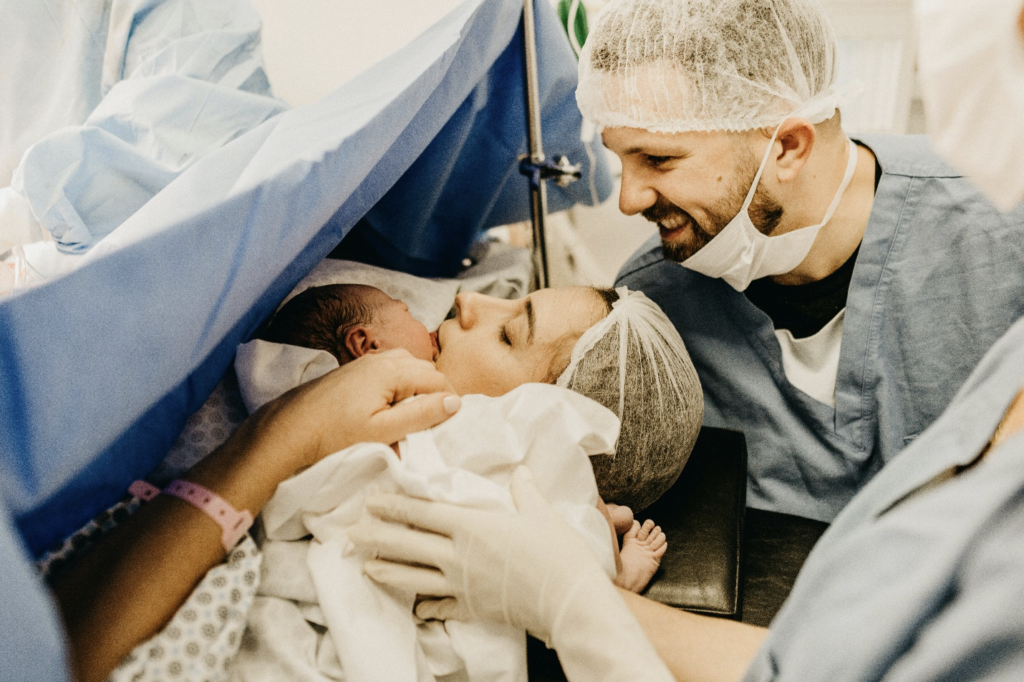Assisted Reproductive Technology (ART) has reshaped the field of reproductive medicine, giving people and couples battling with infertility hope and solutions. It is worth mentioning that fertility clinics are always working to increase their success rates. To improve patient outcomes, they invest in research, use new technology, and modify treatment regimens. This field employ a number of treatments and approaches to assist patients in achieving successful pregnancies. This includes regularly utilised ART methods, such as in vitro fertilisation (IVF), intracytoplasmic sperm injection (ICSI), and gamete intrafallopian transfer (GIFT).
IVF is one of the most well-known and widely used ART procedures. It involves the fertilisation of eggs and sperm outside the woman’s body in a laboratory setting. The process begins with ovarian stimulation, where fertility medications are administered to stimulate the ovaries to produce multiple eggs. These eggs are then retrieved through a minimally invasive surgical procedure.
After being collected, the eggs and sperm are mixed in a culture dish and put in an incubator. When sperm enters the eggs, fertilisation takes place, creating embryos. The embryos are put into the woman’s uterus after a few days of observation with the expectation that the embryos will implant and lead to a pregnancy.

IVF has a number of benefits, including the capacity to treat a range of infertility factors, such as tubal factor infertility, male factor infertility, and ovulatory abnormalities. The risk of genetic diseases is also decreased because it enables the selection of the healthiest embryos. Additionally, IVF can be used in conjunction with other cutting-edge procedures like preimplantation genetic testing (PGT), which checks embryos for genetic flaws before transfer.
Similar to IVF, ICSI is a specialist method used in conjunction with IVF to treat extreme male infertility problems. The sperm and eggs are joined in a dish with conventional IVF, and fertilisation happens naturally. ICSI, however, provides a remedy when sperm quantity or quality is a problem. Using a microneedle, one sperm is directly delivered into the egg during ICSI. Bypassing the need for the sperm to independently penetrate the egg, this method. Low sperm counts, slow sperm motility, and aberrant sperm morphology all benefit greatly from ICSI. The likelihood of successful fertilisation and subsequent embryo development is increased.
For couples dealing with male factor infertility, ICSI has greatly improved outcomes, enabling them to have successful pregnancies that would have been difficult otherwise. ICSI has possible dangers, including a higher risk of developing some genetic defects, hence it should only be done when absolutely required.
GIFT is an ART procedure that involves the transfer of both eggs and sperm into the woman’s fallopian tubes. This technique attempts to mimic natural fertilisation within a woman’s body rather than fertilisation in a laboratory. The procedure begins with ovarian stimulation, similar to IVF, and is followed by egg retrieval. Instead of combining the eggs and sperm in a dish, they are immediately transferred into the fallopian tubes via a small incision. This enables for natural fertilisation within the female reproductive system.
The natural fertilisation process and the possibility of a woman becoming pregnant without the use of laboratory techniques are two benefits provided by GIFT. It works best when the woman has at least one open, healthy fallopian tube and the male partner has enough, good-quality sperm. In contrast to IVF and ICSI, GIFT is a less common treatment, partly because it requires surgical intervention and undamaged fallopian tubes.

In addition to IVF, ICSI, and GIFT, fertility clinics use a number of different methods to help individuals and couples have healthy babies. Some of these methods consist of:
- Frozen Embryo Transfer (FET): Extra embryos from an IVF round may be cryopreserved for use in the future. These frozen embryos are thawed during FET and then put into the woman’s uterus during a future round. FET increases the likelihood of becoming pregnant by allowing for schedule flexibility and embryo preservation for subsequent tries.
- Donor Eggs or Sperm: In cases where individuals or couples are unable to produce viable eggs or sperm, ART offers the option of using donor eggs or sperm. Donor gametes can be used in conjunction with IVF or ICSI to facilitate fertilisation and embryo development. This approach enables individuals or couples to experience pregnancy and parenthood while overcoming specific fertility challenges.
- Surrogacy: In surrogacy, a gestational carrier is used to carry a pregnancy on behalf of another person or couple. When a woman is unable to carry a pregnancy due to a medical condition or experiences repeated pregnancy loss, this method is frequently used. The intended parents are given a biological tie to the child by the transfer of their IVF or ICSI-produced embryos into the surrogate’s uterus.
- Assisted Hatching: During IVF, an embryo is implanted more easily using the assisted hatching procedure. To facilitate the embryo’s capacity to hatch and adhere to the uterine lining, a tiny hole called the zona pellucida is made in the embryo’s outer shell. This method is often used when prior IVF attempts have failed or the embryo has a thick zona pellucida.
The area of reproductive medicine has undergone a revolution thanks to assisted reproductive technology, which has given infertile people and couples alternatives and hope. A variety of strategies are used by fertility clinics to help individuals experience healthy pregnancies. Among the most often used ART methods are in vitro fertilisation (IVF), intracytoplasmic sperm injection (ICSI), and gamete intrafallopian transfer (GIFT). These methods address numerous reasons of infertility and improve the likelihood of successful fertilisation and implantation. They also provide special benefits and applications.
It is crucial to remember that the choice of an acceptable ART technique depends on the unique circumstances of the person or couple, the underlying causes of infertility, and the recommendations given by fertility doctors. The decision should be made in cooperation with skilled healthcare specialists because each treatment has unique advantages and factors to take into account. Individuals and couples can better grasp the alternatives accessible to them and make decisions on their journey to realising their desire of parenthood by investigating the various treatments and techniques used in fertility clinics.
Sources
- https://www.cdc.gov/art/whatis.html
- https://www.medicalnewstoday.com/articles/assisted-reproductive-technology
- https://www.webmd.com/infertility-and-reproduction/gift-and-zift
- https://www.sciencedirect.com/topics/medicine-and-dentistry/gamete-intrafallopian-transfer
- https://www.sciencedirect.com/topics/medicine-and-dentistry/gamete-intrafallopian-transfer
- https://www.uptodate.com/contents/assisted-reproductive-technology-pregnancy-and-maternal-outcomes
- https://www.collinsdictionary.com/dictionary/english/fertility-clinic
- https://medlineplus.gov/ency/article/007279.htm




